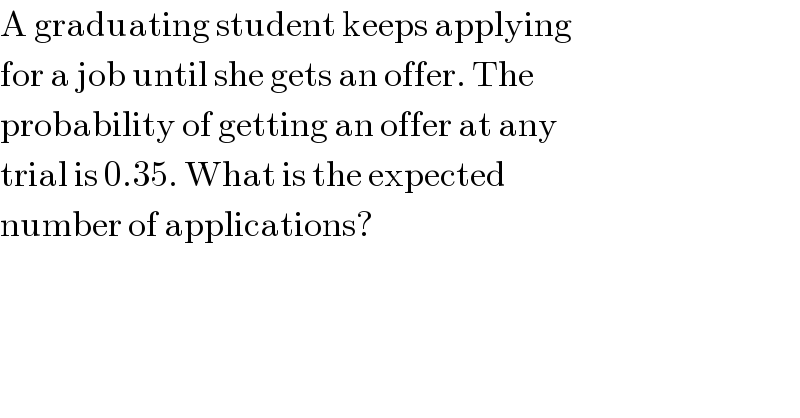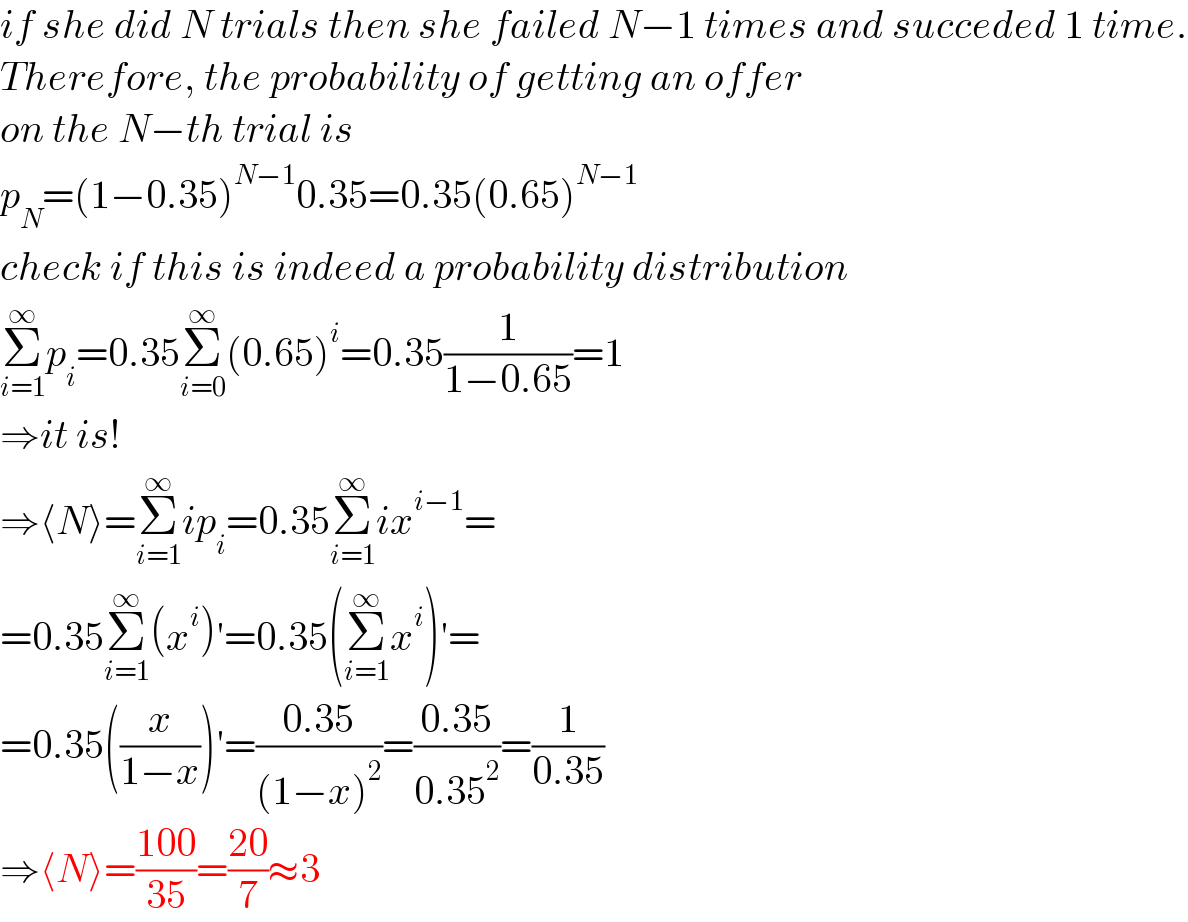
Question and Answers Forum
Question Number 174737 by MathsFan last updated on 09/Aug/22

Answered by aleks041103 last updated on 10/Aug/22

Commented by MathsFan last updated on 10/Aug/22

Commented by MathsFan last updated on 10/Aug/22

Commented by aleks041103 last updated on 10/Aug/22

Commented by Tawa11 last updated on 10/Aug/22

